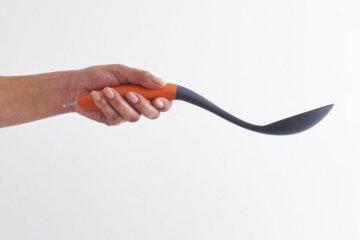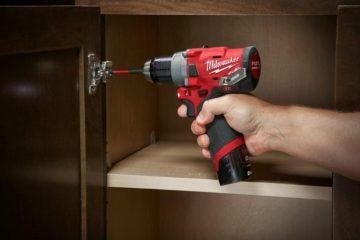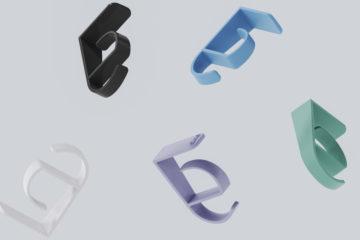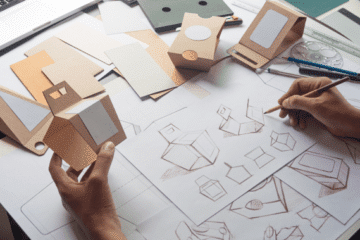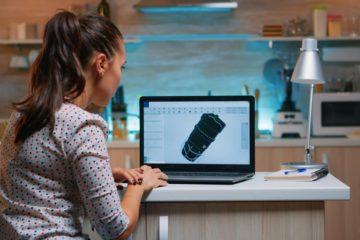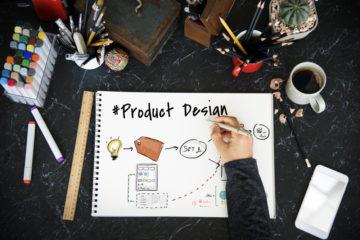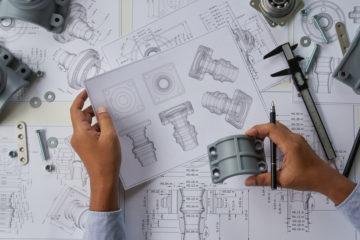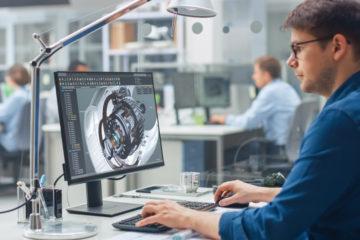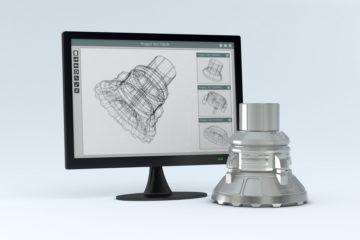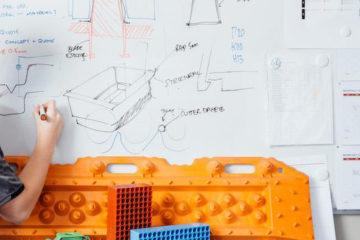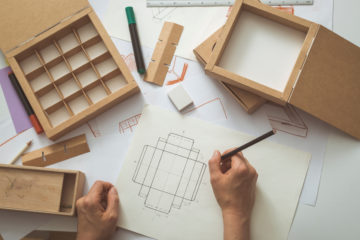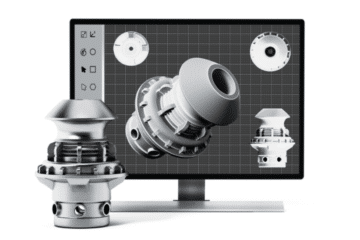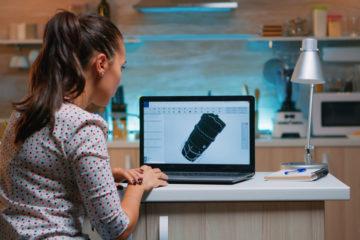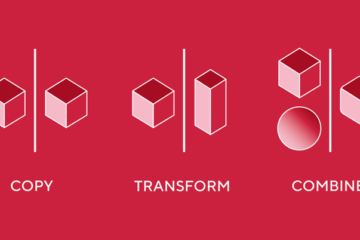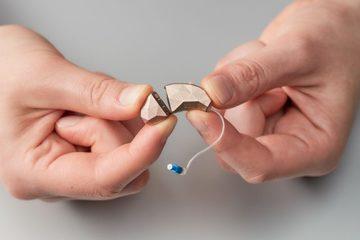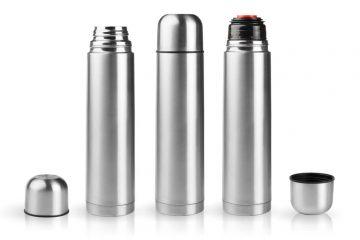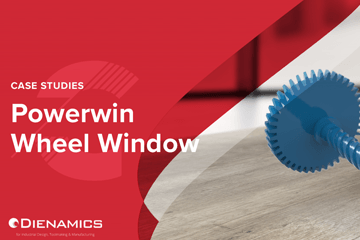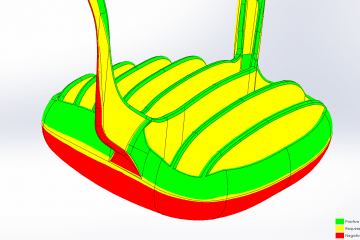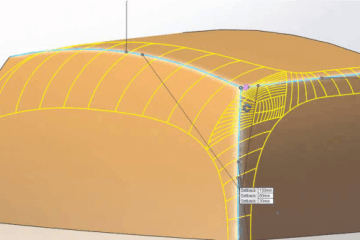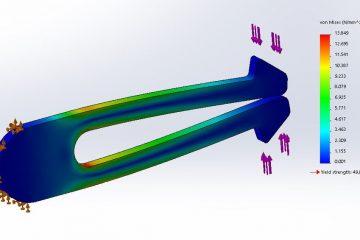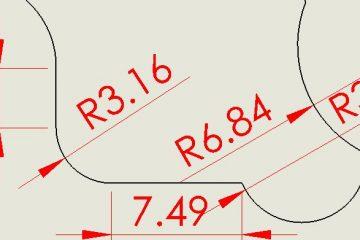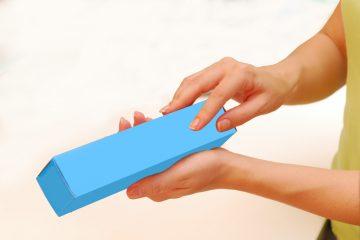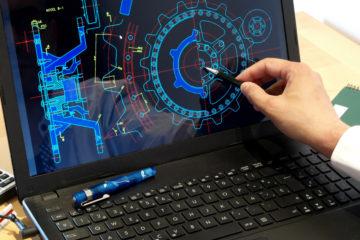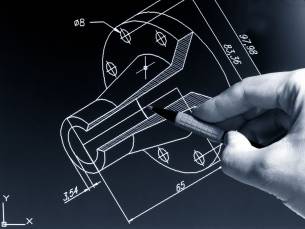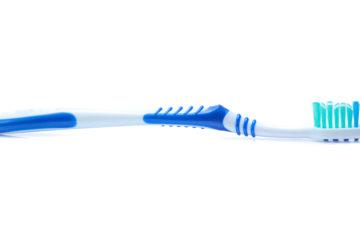Plastic injection moulding is used to produce parts from thermoplastic materials which can be used in a variety of industries. Without dwelling on the mechanics of the process involved, here we will take a look at the complex design process that guarantees a good end result.
Normally, an industrial designer or engineer will design a mould which can be precision machined to form the features of the desired part. The process can be used to design a huge variety of parts, from extremely small componentry right through to large body panels used, for example, in car manufacture.
As you are probably aware plastic is a very versatile and cost-effective material that can be used in a variety of ways. Designing and manufacturing the tools involved in plastic parts production can be very expensive, but because of the high volume output these tools can produce, the cost per part can be extremely low.
As you would expect, the design process is critical to the end result, so it is important to understand the basic principles of design before you can appreciate the overall geometries. Here are some basic design principles that guide the mould manufacturing process.
- Mould surfaces have to have suitable draft angles to allow easy removal of the product from the mould. A typical draft angle is about 1° to 2° for part surfaces. Tighter tolerances are only required at the location of critical features, commonly used for alignment.
- Wall thicknesses are quite versatile and can be adapted for things such as drink bottles or ballpoint pen ink inserts alike. But for things requiring uneven wall thicknesses, there are challenges. This is because thick walls cool more slowly and greater shrinking can occur, whereas thin walls can cool much faster with less shrinkage. That’s makes it important for moulds to have uniform walls wherever possible to simplify the manufacturing process and satisfy costing considerations.
- It is vital that the corners of every mould should have uniform wall thickness. This means that the external and internal radius should always share the same centre. This design principle allows for the distribution of stress uniformly throughout the mould.
- Typically, ribs should be about 1/2 to 2/3 of normal wall thickness. Additionally, they should be less than 3 times thickness in height. This is because excess thickness increases shrinkage and extra rib height will mean extra time to fill the mould.
Over recent years powder injection moulding (PIM) has become more prevalent in Australia. This is a technique which has been widely used overseas in recent years and it is sure to make more of an impact in Australia because of the excellent surface finishes and heightened dimension tolerances. The materials used can be metal, ceramics or even a blend of the two.
Nevertheless, plastic injection moulding remains the best for manufacturing plastic parts to meet a huge variety of industrial and personal product needs. Experienced engineers and designers are adept at refining the computer aided technology that advances techniques, and this is a continuing trend.
Subscribe to Our Newsletter
Get the latest news from Dienamics into your inbox







